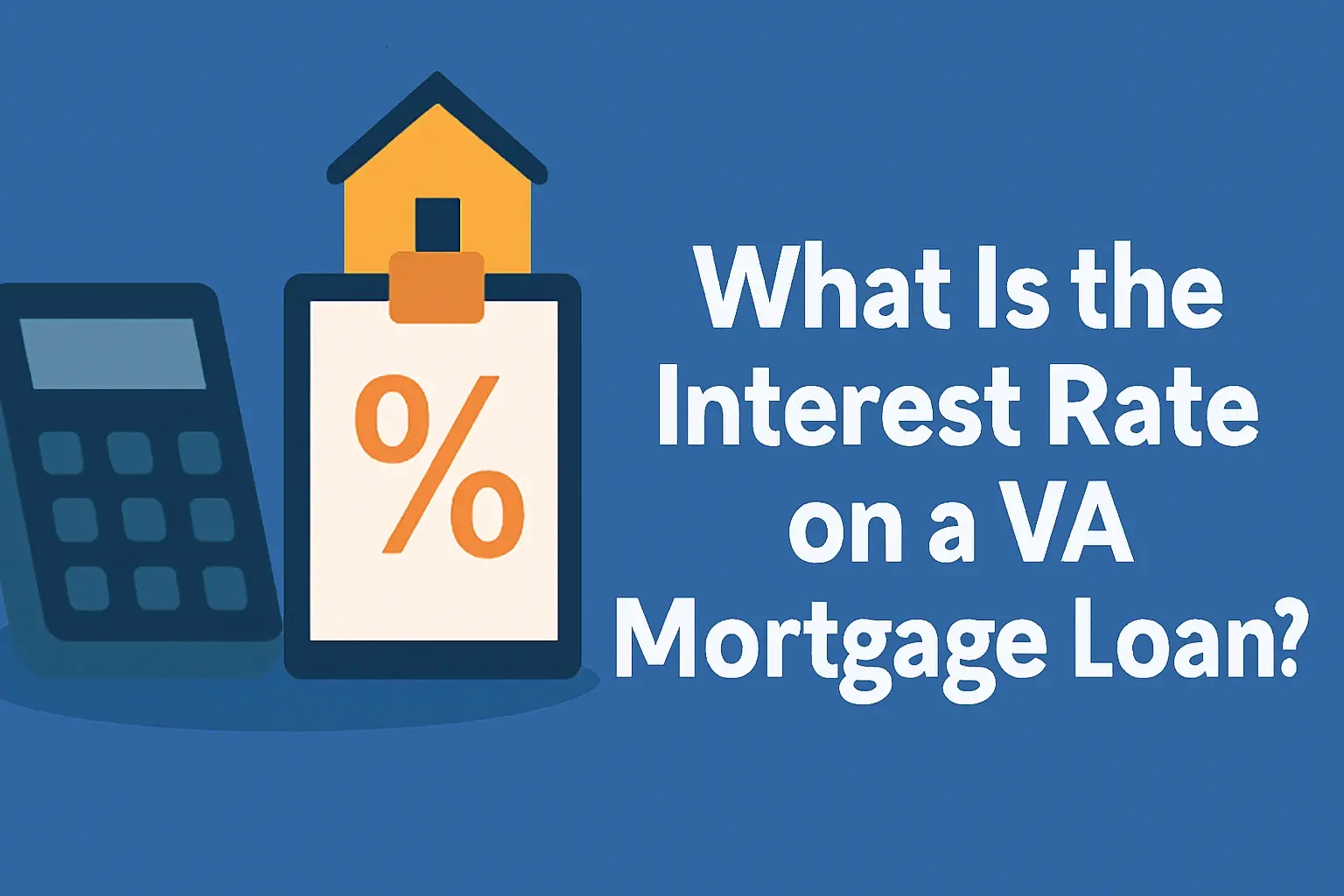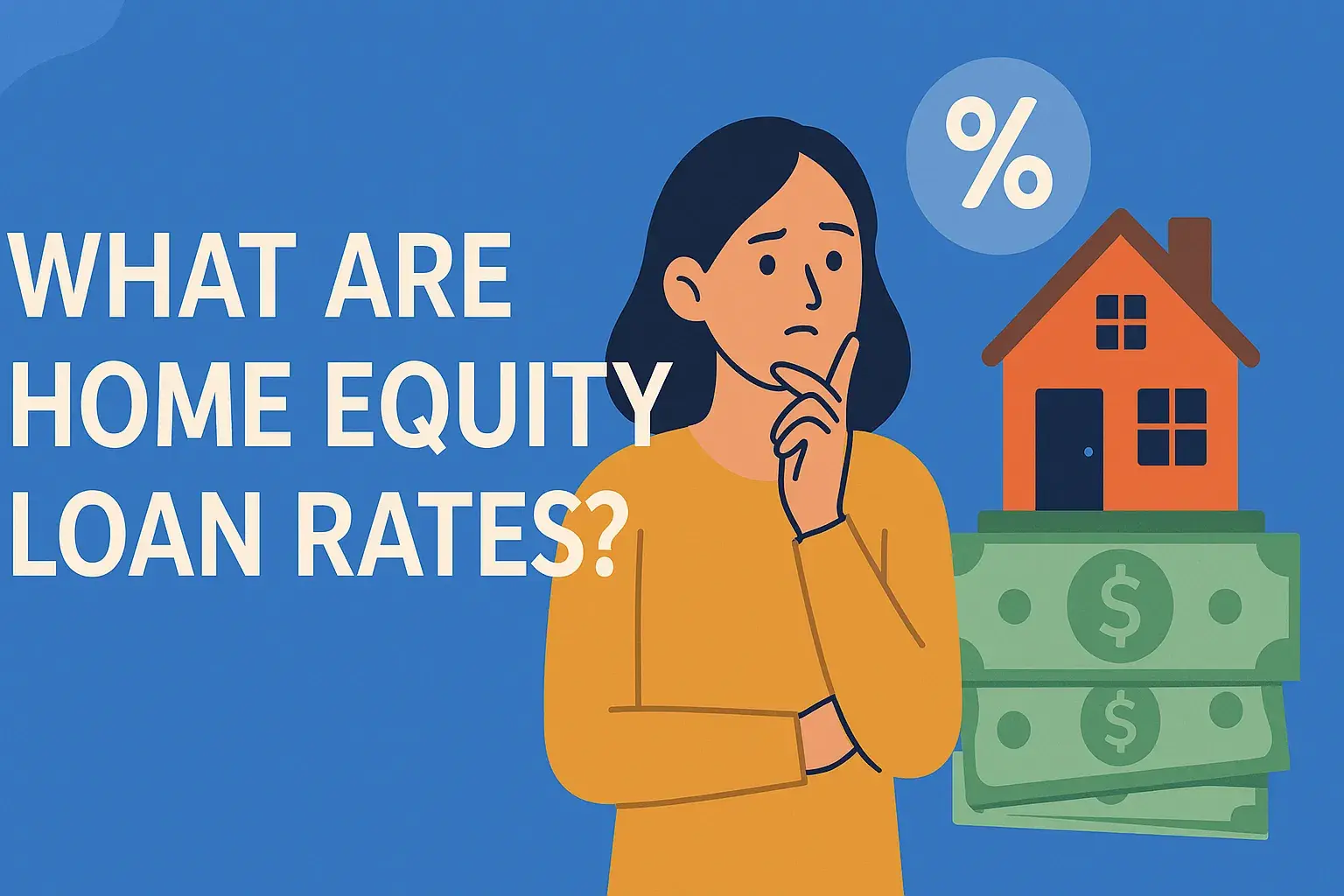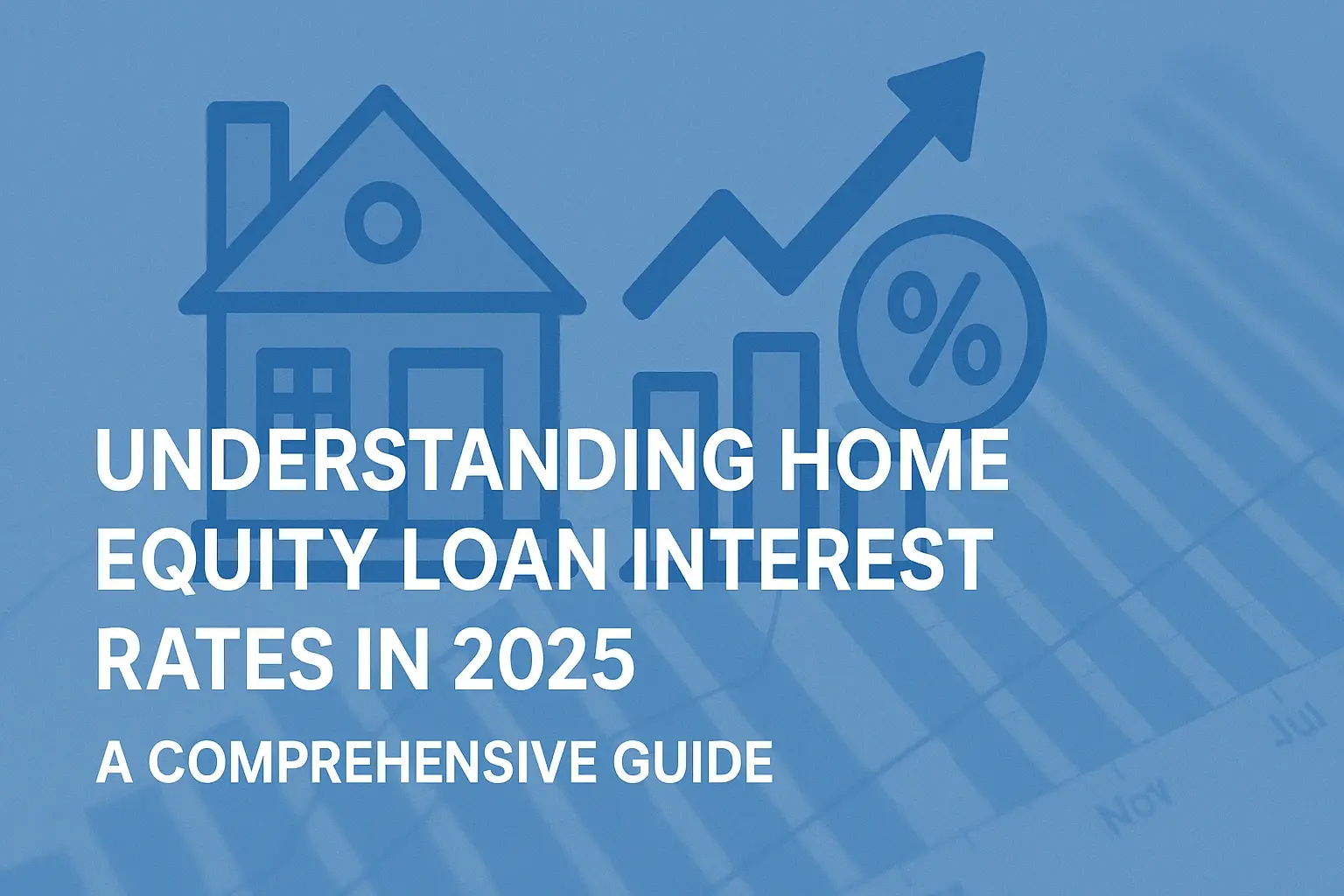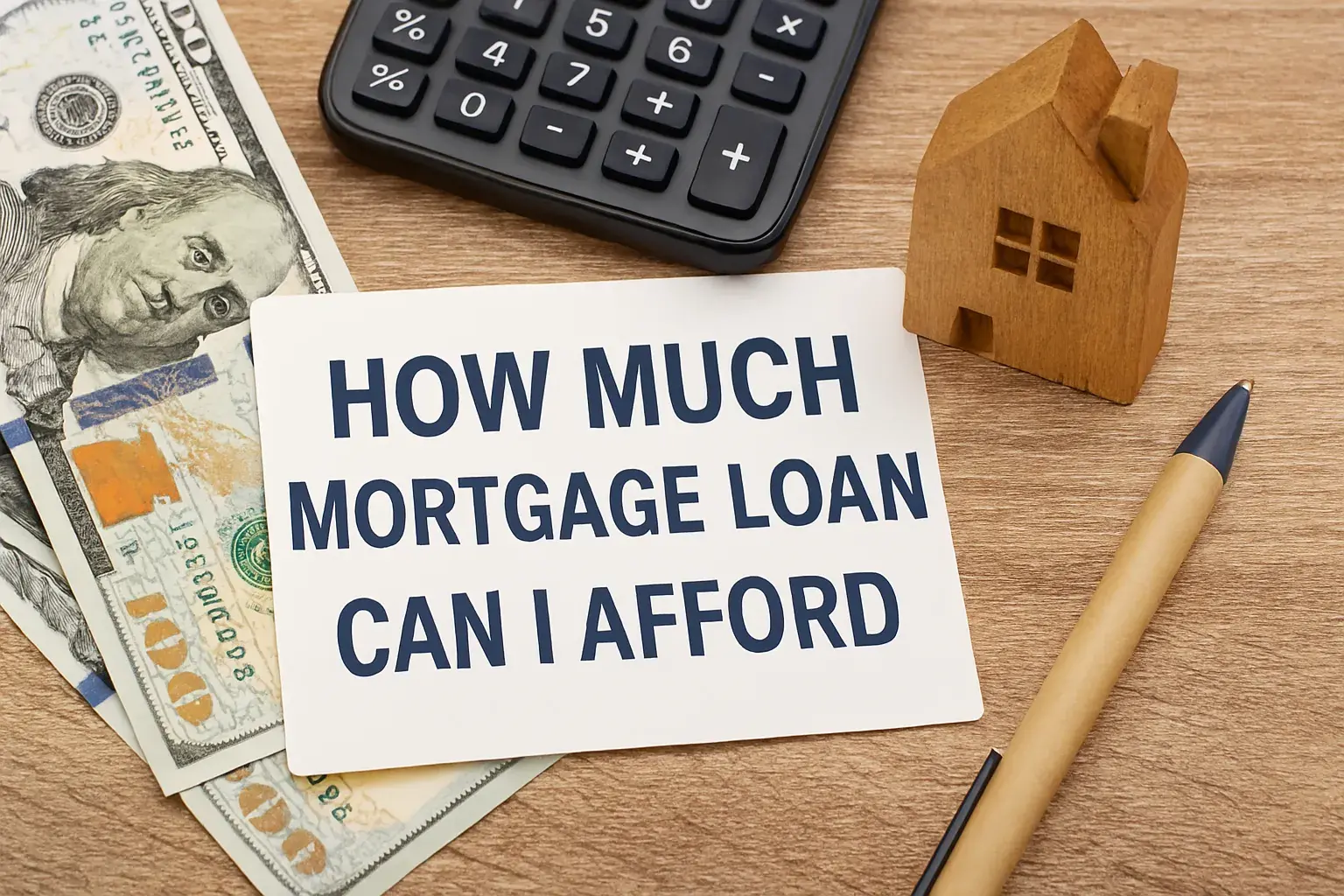-
Posted on: 24 Mar 2025

-
Navigating the home loan process can feel daunting, especially when it comes to understanding credit scores. This guide clarifies which credit score lenders prioritize for mortgage approval, offering actionable insights for 2025 to help you secure your dream home.
Understanding Credit Scores for Mortgages
When you apply for a home loan, lenders don't just look at your income and assets; they scrutinize your creditworthiness. This is primarily determined by your credit score, a three-digit number that summarizes your credit history and predicts your likelihood of repaying borrowed money. For a mortgage, this score is paramount, influencing not only whether you're approved but also the interest rate you'll pay. In 2025, the landscape of mortgage lending continues to place significant emphasis on these scores, making it crucial to understand how they work and which ones matter most.
Credit scores are not monolithic. Different scoring models exist, and lenders may use various versions depending on the type of loan and their internal policies. However, a particular scoring model has become the de facto standard in the mortgage industry. Understanding this model and its nuances is the first step towards a successful home loan application. This comprehensive guide will break down the complexities, helping you pinpoint the credit score that carries the most weight when a lender evaluates your mortgage application.
The FICO Score Dominance in Lending
In the realm of consumer lending, especially for significant financial products like mortgages, one name consistently rises to the top: FICO. Developed by the Fair Isaac Corporation, FICO scores have been the industry standard for decades. Lenders across the United States rely heavily on FICO scores to assess risk and make lending decisions. This dominance is not accidental; FICO scores are designed to be predictive, offering a standardized and reliable measure of credit risk.
While other credit scoring models exist, such as VantageScore, FICO remains the preferred choice for the vast majority of mortgage lenders. This is particularly true for loans that are to be sold on the secondary market, such as those backed by Fannie Mae and Freddie Mac, which have specific FICO score requirements. Understanding this preference is key to focusing your efforts on improving the scores that lenders will actually be looking at when you apply for your home loan. For 2025, this trend shows no signs of abating; FICO scores are expected to continue their reign as the primary determinant of mortgage eligibility and terms.
The FICO scoring system itself is built upon several key factors, each contributing to the overall score. These include:
- Payment History (35%): This is the most significant factor. On-time payments are crucial, while late payments, defaults, and bankruptcies can severely damage your score.
- Amounts Owed (30%): This refers to how much credit you are using relative to your total available credit, often called credit utilization. Keeping this ratio low is beneficial.
- Length of Credit History (15%): A longer credit history generally leads to a higher score, as it provides more data for lenders to assess your behavior.
- Credit Mix (10%): Having a mix of credit types (e.g., credit cards, installment loans) can be positive, showing you can manage different forms of debt.
- New Credit (10%): Opening too many new credit accounts in a short period can indicate higher risk.
Understanding these components can help you make informed decisions about managing your credit. However, when it comes to the specific question of which score is most important for a home loan, the answer often lies in the specific FICO score version used by lenders.
Which Credit Score is Most Important for Home Loan Approval?
The question of which credit score is most important for home loan approval can be nuanced, but for the vast majority of mortgage lenders, the answer is unequivocally the **FICO Score**. However, it's not just any FICO score; lenders typically look at specific FICO score versions tailored for mortgage lending. These are often referred to as FICO Score 2, FICO Score 5, and FICO Score 8, or more broadly, the FICO Auto Score and FICO Bankcard Score. For mortgage applications, the most commonly used are the FICO Score 2 (for Fannie Mae loans), FICO Score 5 (for Freddie Mac loans), and FICO Score 8 (a more recent version often used by lenders for general risk assessment).
When you apply for a mortgage, a lender will typically pull your credit report from all three major credit bureaus: Equifax, Experian, and TransUnion. Each bureau maintains its own version of your credit history, and thus, your FICO score can vary slightly between them. Lenders will often look at the score from each bureau and may use the middle score, or they might use the lowest score to be more conservative in their risk assessment. This means that a strong score across all three bureaus is ideal.
The critical takeaway for 2025 is this: focus on improving your FICO scores, particularly those used for mortgage lending. While other scoring models might be used for different types of credit, your mortgage approval hinges on your FICO performance. Lenders are primarily concerned with your ability to manage long-term debt, and FICO's mortgage-specific scores are designed to predict precisely that. Therefore, when asking "which credit score is most important for home loan approval?", the answer is the FICO score that the specific lender uses, which is almost always a FICO mortgage score.
It's also worth noting that lenders may use different versions of FICO scores depending on the loan product. For instance, conventional loans might use older FICO versions like FICO 2, 4, or 5, while FHA and VA loans might have slightly different scoring requirements or use newer FICO versions. However, the underlying principle remains: FICO scores are the benchmark.
Understanding the Three Bureaus and Their Scores
As mentioned, your credit information is compiled by three major credit bureaus: Equifax, Experian, and TransUnion. Each bureau collects data independently, meaning your credit report and the resulting FICO score can differ slightly from one bureau to another. This is why lenders often pull reports from all three.
Equifax: One of the largest credit bureaus, Equifax collects vast amounts of consumer credit data. For mortgage lending, Equifax's data is often used to generate FICO Score 2, a widely adopted version for conventional mortgages. If you're applying for a loan that will be sold to Fannie Mae, this is a score you'll want to pay close attention to.
Experian: Another major credit reporting agency, Experian also plays a significant role in mortgage lending. Experian's data is often used to generate FICO Score 4, which is relevant for Freddie Mac loans. While FICO Score 5 is also common for Freddie Mac, FICO Score 4 is also a key indicator.
TransUnion: The third of the major credit bureaus, TransUnion, provides data that can be used to generate FICO Score 5. This score is frequently used by lenders for Freddie Mac loans and is a critical component of the mortgage lending landscape. It's important to note that FICO Score 5 is often considered a good representation of a borrower's creditworthiness for mortgage purposes.
Why the difference matters: Because lenders may use the middle score of the three bureaus, or sometimes the lowest, it's crucial to ensure your credit report is accurate and your scores are as high as possible across all three. A significant discrepancy in one bureau's report could negatively impact your overall application, even if your scores are good with the other two. In 2025, proactive credit monitoring across all three bureaus is more important than ever.
The "middle score" approach: Many lenders will pull your credit report from all three bureaus, calculate your FICO score from each, and then use the middle score for their decision. For example, if your scores are 740 (Equifax), 750 (Experian), and 730 (TransUnion), the lender will likely use 740. This strategy aims to balance the data and avoid being overly influenced by a single outlier report.
The "lowest score" approach: Some lenders, particularly those seeking to minimize risk, may opt to use the lowest score. In the previous example, this would be 730. This is a more conservative approach and highlights the importance of having consistently good credit across all bureaus.
Therefore, when assessing your creditworthiness for a home loan, lenders are looking at a composite picture derived from all three bureaus, with a strong preference for FICO's mortgage-specific scoring models.
How Lenders Use Your Credit Score
Your credit score is a cornerstone of a mortgage application, serving as a primary indicator of your financial responsibility. Lenders use it in several critical ways:
- Approval Decisions: The most direct use of your credit score is to determine whether you qualify for a loan. Each lender and loan program has a minimum credit score requirement. Falling below this threshold often leads to an automatic denial.
- Interest Rate Determination: This is where your credit score has a profound impact on your finances over the life of the loan. Higher credit scores generally translate to lower interest rates. Even a small difference in the interest rate can save you tens of thousands of dollars in interest payments over 15 or 30 years.
- Loan Product Eligibility: Certain loan programs, especially those with favorable terms or government backing (like FHA or VA loans), may have specific credit score requirements that differ from conventional loans. Your score dictates which products you are eligible for.
- Underwriting Risk Assessment: Beyond a simple pass/fail, your credit score helps underwriters assess the overall risk associated with lending to you. A higher score suggests lower risk, making the underwriting process smoother and potentially faster.
- Setting Loan Terms and Conditions: In some cases, your credit score might influence other aspects of the loan, such as the required down payment or the need for private mortgage insurance (PMI). While these are often tied to loan-to-value ratios, creditworthiness plays a role.
Real-world example for 2025: Consider two hypothetical borrowers applying for the same $300,000, 30-year fixed-rate mortgage.
- Borrower A: Credit score of 760. They might qualify for an interest rate of 6.5%.
- Borrower B: Credit score of 680. They might qualify for an interest rate of 7.2%.
Lenders also look at the trend of your credit score. A score that has been consistently good over time is generally viewed more favorably than a score that has recently improved dramatically after a period of poor performance. They want to see a stable and responsible credit history.
Furthermore, lenders will examine the details within your credit report, not just the score itself. They'll look for things like:
- Number of late payments: How many, how recent, and how severe.
- Public records: Bankruptcies, foreclosures, liens, and judgments.
- Credit utilization: How much of your available credit you are using.
- Number of inquiries: Too many recent credit inquiries can be a red flag.
While the FICO score provides a quick snapshot, the underlying credit report tells the full story. Therefore, understanding which FICO score is most important is only part of the equation; ensuring the data behind that score is positive is equally vital.
Minimum Credit Score Requirements for Mortgages
The minimum credit score required for a mortgage varies significantly depending on the type of loan you're seeking and the specific lender's policies. There isn't a single universal number, but there are general benchmarks that are widely recognized in the 2025 lending environment. Understanding these benchmarks can help you set realistic goals for your credit score improvement efforts.
Here's a breakdown of typical minimum credit score requirements:
Loan Type Typical Minimum Credit Score Notes Conventional Loans (Fannie Mae/Freddie Mac) 620 While 620 is often the minimum, scores below 700 may require a larger down payment, PMI, and higher interest rates. 740+ typically secures the best rates. FHA Loans (Federal Housing Administration) 580 (with 3.5% down payment) Scores between 500-579 may be approved with a 10% down payment, but many lenders have higher internal minimums (often 620+). VA Loans (Department of Veterans Affairs) No official minimum set by VA, but lenders typically require 620+ Lenders set their own minimums. VA loans are for eligible veterans, active-duty military, and surviving spouses. USDA Loans (U.S. Department of Agriculture) 640 (for automated underwriting) For manual underwriting, lenders may consider scores as low as 580, but this is less common. These loans are for rural and suburban areas. Key Considerations for 2025:
- Lender Overlays: It's crucial to remember that these are general guidelines. Individual lenders often impose their own "overlays" – stricter requirements than those mandated by the loan program itself. For example, a lender might require a minimum FICO score of 680 for a conventional loan, even though Fannie Mae's minimum is 620.
- Down Payment: A lower credit score often necessitates a larger down payment to offset the increased risk for the lender.
- Private Mortgage Insurance (PMI): For conventional loans with less than a 20% down payment, PMI is required. Your credit score will influence the cost of PMI. Higher scores lead to lower PMI premiums.
- Interest Rate: As previously discussed, your credit score directly impacts your interest rate. Even if you meet the minimum score, a higher score will secure a more favorable rate.
- The "Sweet Spot": While the minimums are important, aiming for a credit score of 740 or higher is often considered the "sweet spot" for securing the best interest rates and terms on most mortgage products.
What if your score is below the minimum? Don't despair. Many borrowers find themselves in this situation. The good news is that credit scores can be improved. The first step is to understand where you stand. You can obtain free credit reports annually from each of the three major bureaus at AnnualCreditReport.com. Once you know your scores and have reviewed your reports for errors, you can begin implementing strategies to boost your creditworthiness. For those aiming for a mortgage in the near future, focusing on these minimums and understanding lender overlays is a critical part of your preparation.
The Impact of Your Credit Score on Interest Rates
The relationship between your credit score and your mortgage interest rate is one of the most significant financial dynamics you'll encounter. It's not an exaggeration to say that your credit score can be the difference between affording a home comfortably and struggling with monthly payments for decades. In 2025, this principle remains as potent as ever, with lenders using credit scores as a primary tool to price risk.
The Core Principle: Higher Score = Lower Rate
Lenders view borrowers with higher credit scores as less risky. They are statistically more likely to repay their debts on time. To reward this lower risk, lenders offer them lower interest rates. Conversely, borrowers with lower credit scores are perceived as higher risk, and lenders compensate for this by charging higher interest rates.
Illustrative Example (2025 Data):
Let's look at the potential cost difference for a $400,000, 30-year fixed-rate mortgage based on different credit score tiers. These are illustrative rates and can fluctuate daily:
Credit Score Range Illustrative Interest Rate Estimated Monthly Principal & Interest Payment Total Interest Paid Over 30 Years Total Cost of Loan (Principal + Interest) 740+ 6.50% $2,528 $510,080 $910,080 700-739 6.85% $2,637 $549,240 $949,240 660-699 7.30% $2,778 $600,080 $1,000,080 620-659 7.90% $2,967 $670,120 $1,070,120 As you can see from this table:
- A borrower with a credit score of 740+ could save approximately $160,000 in interest over 30 years compared to a borrower with a score in the 620-659 range.
- The difference between a 700-739 score and a 660-699 score results in over $50,000 in additional interest payments.
These figures underscore why improving your credit score, even by a few points, can have a monumental impact on your long-term financial well-being.
Beyond the Score: Other Factors Influencing Rates
While the credit score is paramount, other factors also influence the interest rate you are offered:
- Loan-to-Value (LTV) Ratio: The size of your down payment relative to the home's value. A lower LTV (larger down payment) generally leads to better rates.
- Debt-to-Income (DTI) Ratio: Your monthly debt payments compared to your gross monthly income. A lower DTI indicates you have more disposable income to handle mortgage payments.
- Loan Term: Shorter loan terms (e.g., 15 years) typically have lower interest rates than longer terms (e.g., 30 years).
- Market Conditions: Broader economic factors, such as inflation and the Federal Reserve's monetary policy, influence overall interest rate trends.
- Loan Type: Fixed-rate mortgages, adjustable-rate mortgages (ARMs), FHA, VA, etc., all have different rate structures.
However, even with these other factors, your credit score remains the most significant personal variable that you can directly influence to secure a lower interest rate on your home loan. In 2025, as the economic landscape continues to evolve, lenders are likely to remain vigilant about risk, making a strong credit score more valuable than ever.
Improving Your Credit Score for a Mortgage
If your credit score isn't where you'd like it to be for a mortgage, the good news is that it's often improvable. The key is to understand the factors that influence your score and to implement consistent, positive financial habits. For 2025, these strategies remain the most effective ways to boost your creditworthiness for a home loan.
Here's a step-by-step guide to improving your credit score:
- Obtain and Review Your Credit Reports:
- Visit AnnualCreditReport.com to get your free reports from Equifax, Experian, and TransUnion.
- Scrutinize each report for errors, such as incorrect personal information, accounts you don't recognize, or inaccurate late payment reporting.
- Dispute any errors immediately with the credit bureau. Correcting errors can sometimes lead to a significant score increase.
- Pay All Bills On Time, Every Time:
- Payment history is the most significant factor in your credit score (35%).
- Set up automatic payments or reminders to ensure you never miss a due date for credit cards, loans, utilities, and rent (if reported).
- Even one 30-day late payment can have a substantial negative impact.
- Reduce Credit Utilization Ratio:
- This factor accounts for about 30% of your score. It's the ratio of your outstanding credit card balances to your total credit card limits.
- Aim to keep your utilization below 30% on each card and overall. Ideally, keep it below 10%.
- Pay down balances aggressively. Making multiple payments per month can also help lower your reported utilization.
- Avoid closing old, unused credit cards, as this can reduce your total available credit and increase your utilization ratio.
- Don't Apply for New Credit Unnecessarily:
- Each time you apply for credit, a hard inquiry is placed on your report, which can slightly lower your score.
- Limit new credit applications to only when absolutely necessary, especially in the months leading up to a mortgage application.
- If you need to finance a car or other large purchase, consider doing so well in advance of your mortgage application or consolidating it if possible.
- Build a Longer Credit History:
- This factor (15% of your score) is largely time-dependent.
- If you have a short credit history, focus on managing your existing accounts responsibly over time.
- Consider becoming an authorized user on a trusted family member's long-standing, well-managed credit card account. However, ensure they have a good payment history and low utilization, as their habits will affect your score.
- Manage Your Credit Mix:
- Having a mix of credit types (e.g., credit cards, installment loans like a car loan or student loan) can be beneficial (10% of your score).
- However, do not open new accounts solely to improve your credit mix if you don't need them, as this can lead to hard inquiries and new account fees. Focus on responsible management of existing accounts.
- Consider a Secured Credit Card or Credit-Builder Loan:
- If you have limited credit history or past issues, these tools can help you build or rebuild credit.
- A secured credit card requires a cash deposit that typically becomes your credit limit.
- A credit-builder loan involves making payments on a loan that is held in an account until you've paid it off.
- Use these tools responsibly by making on-time payments.
Timeline for Improvement:
Credit score improvement takes time. Negative information typically stays on your report for seven years (though its impact diminishes over time), and bankruptcies can remain for 10 years. However, positive actions start to reflect on your score relatively quickly. You may see noticeable improvements within 3-6 months of consistent positive behavior, but significant gains that could impact mortgage rates might take 12-24 months. Therefore, if you're planning to buy a home in 2025, start your credit improvement journey now.
What If My Credit Score is Low?
Encountering a low credit score when you're dreaming of homeownership can be disheartening, but it's a common situation, and there are pathways forward. For 2025, lenders are still assessing risk, but programs and strategies exist to help borrowers with lower credit scores achieve their goals. The most crucial step is not to give up but to understand your options and take proactive measures.
1. Understand the "Why":
First, identify the reasons behind your low score. Review your credit reports carefully. Common culprits include:
- Late payments
- High credit card balances (high utilization)
- Collections accounts
- Public records (bankruptcies, judgments, liens)
- Errors on your credit report
Knowing the specific issues allows you to target your improvement efforts effectively.
2. Explore Loan Programs Designed for Lower Scores:
Several loan programs are more accessible to borrowers with less-than-perfect credit:
- FHA Loans: Insured by the Federal Housing Administration, these loans are specifically designed to help borrowers with lower credit scores and smaller down payments. While the FHA's minimum score is 500 (with a 10% down payment) or 580 (with 3.5% down payment), many lenders impose their own higher minimums, often around 620. However, FHA loans are still one of the most viable options for many first-time homebuyers with credit challenges.
- VA Loans: For eligible veterans, active-duty military, and surviving spouses, VA loans offer significant benefits, including no down payment requirement and competitive interest rates. While the VA doesn't set a minimum credit score, lenders typically require a score of 620 or higher. If you qualify, a VA loan can be an excellent option.
- USDA Loans: These loans are for moderate- to low-income borrowers in eligible rural and suburban areas. While USDA guidelines suggest a minimum score of 640 for automated underwriting, lenders may have flexibility for manual underwriting.
- Non-QM Loans (Non-Qualified Mortgages): These are loans that don't meet the strict standards of "qualified mortgages" set by the Consumer Financial Protection Bureau. They often have more flexible credit score requirements, but they also tend to come with higher interest rates and fees.
3. Consider a Co-signer:
If your credit score is a significant barrier, adding a co-signer with a strong credit history and stable income can significantly improve your chances of approval and potentially secure a better interest rate. The co-signer agrees to be equally responsible for the loan, and their creditworthiness is factored into the lender's decision. However, it's crucial for both parties to understand the risks involved, as the co-signer's credit can be negatively impacted if payments are missed.
4. Work with a Mortgage Broker or Lender Specializing in Lower Scores:
Some mortgage brokers and lenders specialize in working with borrowers who have lower credit scores. They have a deeper understanding of the various loan programs and can help you navigate the complexities of finding a suitable option. They can also advise on specific strategies to improve your chances of approval.
5. Focus on Immediate Improvements:
While long-term credit building is essential, some actions can have a quicker impact:
- Pay Down High-Interest Debt: Reducing balances on credit cards and other revolving credit can quickly improve your credit utilization ratio.
- Address Collections: If you have old collections accounts, negotiating a "pay for delete" agreement (where the collection agency agrees to remove the item from your report in exchange for payment) can sometimes be beneficial, though not always guaranteed.
- Correct Errors: As mentioned, disputing and correcting any errors on your credit report is a quick way to potentially boost your score.
6. Save for a Larger Down Payment:
A larger down payment reduces the lender's risk and can make them more willing to overlook a lower credit score. It also reduces the loan amount, leading to lower monthly payments and potentially avoiding PMI on conventional loans.
7. Be Patient and Persistent:
Improving your credit score takes time and consistent effort. If you're not ready to buy now, use the time to implement the strategies outlined in the previous section. Aiming for a score of 620 or higher is a good starting point for many loan programs, but pushing towards 700+ will unlock better rates and more options.
While a low credit score presents challenges, it doesn't have to be a permanent roadblock to homeownership. By understanding your options, taking strategic steps, and potentially leveraging specialized loan programs, you can still work towards securing a mortgage in 2025.
Conclusion: Your Credit Score Strategy
The question of "Which credit score is most important for home loan approval?" unequivocally points to the FICO Score, particularly the versions tailored for mortgage lending. In 2025, this remains the cornerstone of lender assessment. While your credit report is compiled by Equifax, Experian, and TransUnion, it's the FICO model that translates this data into the predictive number lenders rely on. Understanding that lenders often use the middle score from the three bureaus, or sometimes the lowest, emphasizes the need for consistent credit health across all reporting agencies.
Your FICO score's impact extends far beyond mere approval; it is the primary determinant of your interest rate, influencing your monthly payments and the total cost of your home over decades. A score of 740 or higher typically unlocks the most favorable rates, potentially saving you tens of thousands of dollars. Conversely, lower scores can lead to higher rates, more stringent loan terms, or even outright denial.
If your credit score is below your desired threshold, the path forward involves a strategic, multi-faceted approach. Focus on the core pillars of credit health: timely payments, low credit utilization, and responsible credit management. Explore loan programs like FHA, VA, or USDA loans if your score is on the lower end, and always work with lenders to understand their specific overlays and requirements. Remember, improving your credit score is an investment in your financial future and your ability to achieve homeownership.
By prioritizing your FICO scores, understanding how lenders use them, and diligently working to improve your credit profile, you significantly enhance your chances of securing a home loan with favorable terms in 2025 and beyond. Your credit score is not just a number; it's a powerful tool that, when managed effectively, can open the door to your dream home.








